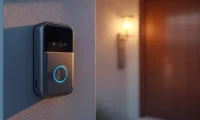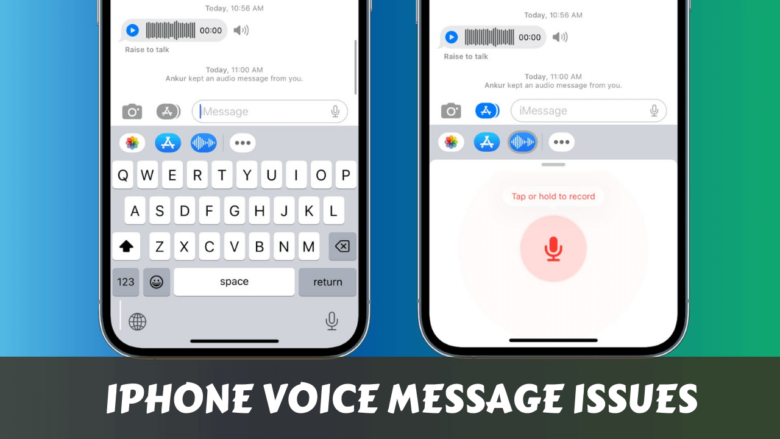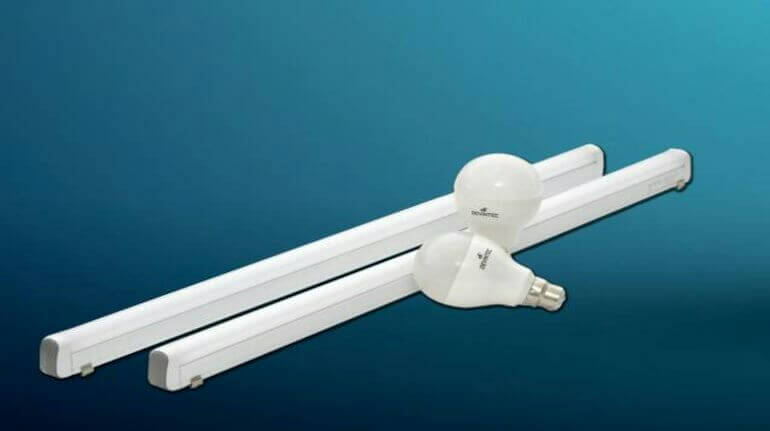Your dog’s staring at you with those puppy eyes again.
- What’s the Real Difference Between These Feeders?
- Pet Care Automation: The Wireless Feeder Breakdown
- The Good Stuff
- The Not-So-Good Stuff
- 💖 You Might Also Like
- Simple Mechanism: The Gravity Feeder Reality
- Why Simple Sometimes Wins
- The Downsides You Should Know
- Real Talk: Which Type Fits Your Life?
- Get the Wireless Feeder If:
- Stick with Gravity If:
- The Hybrid Approach That Actually Works
- ✨ More Stories for You
- Common Mistakes People Make
- Installation and Maintenance Reality Check
- Wireless Feeders
- Gravity Feeders
- What About Food Quality and Safety?
- 🌟 Don't Miss These Posts
- Frequently Asked Questions
- Can wireless feeders work without WiFi?
- How much food do gravity feeders hold?
- Are wireless feeders safe if the power goes out?
- Do gravity feeders work for wet food?
- How often should I clean each type?
- Can multiple pets share one feeder?
- The Bottom Line on Pet Care Automation vs Simple Mechanisms
You’re running late for work.
And you forgot to fill their food bowl… again.
Sound familiar?
I’ve been there.
Standing in the pet store aisle, looking at fancy wireless feeders with apps and timers, then glancing over at the simple gravity feeders that cost less than my morning coffee.
The question hits hard: Do I really need all that tech just to feed my pet?
Let me save you the headache I went through.
After testing both types with my own furry chaos makers, here’s what actually matters.
What’s the Real Difference Between These Feeders?
Wireless pet feeders are the smartphone of pet feeding.
They connect to your WiFi.
Send notifications to your phone.
Let you schedule exact portions down to the gram.
Some even have cameras so you can watch Mr. Whiskers demolish his kibble from 3,000 miles away.
Gravity feeders are the flip phone equivalent.
Fill the hopper with food.
Gravity does the rest.
When your pet eats, more food drops down.
No apps, no WiFi, no batteries dying at the worst possible moment.
Pet Care Automation: The Wireless Feeder Breakdown
The Good Stuff
Portion Control That Actually Works
My neighbor’s lab used to be… let’s call him “fluffy.”
She got a wireless feeder that dispensed exact portions.
Six months later, Rocky went from chunky boy to lean machine.
The feeder measured every single kibble.
No more guessing games.
Smart Scheduling
Multiple pets?
Different feeding times?
No problem.
Program Breakfast at 7 AM.
Lunch at noon.
Dinner at 6 PM.
Even works when you’re stuck in traffic or forgot you had plans.
Remote Monitoring
Here’s where it gets interesting.
You can literally feed your pet from another country.
Got a notification that Fluffy’s food ran out?
One tap on your phone.
Problem solved.
Health Tracking
Some wireless feeders track eating habits.
Notice your cat suddenly eating less?
The app shows you the pattern.
Could catch health issues early.
The Not-So-Good Stuff
Technology Hiccups
WiFi goes down.
App crashes.
Feeder jams.
Your pet goes hungry while you’re troubleshooting at 2 AM.
I learned this the hard way during a power outage.
Battery Anxiety
Most run on batteries or need power.
Forget to charge it?
Your pet’s breakfast becomes your morning crisis.
Price Tag Reality
Good wireless feeders start around $100.
Premium ones hit $300+.
That’s a lot of kibble money.
Learning Curve
Setting up schedules, connecting to WiFi, downloading apps.
Your 80-year-old mom visiting for the weekend?
Good luck explaining the pet feeding system.
💖 You Might Also Like
Simple Mechanism: The Gravity Feeder Reality
Why Simple Sometimes Wins
Zero Learning Curve
Fill bowl.
Pet eats.
More food appears.
Even my 5-year-old nephew figured it out instantly.
Never Fails
No WiFi needed.
No batteries to die.
No apps to crash.
Gravity worked yesterday, works today, will work tomorrow.
Budget Friendly
Quality gravity feeders cost $20-50.
That’s literally one tank of gas.
Multiple Pet Friendly
Big dogs, small cats, eating at different speeds?
Gravity feeders handle it all.
No programming required.
The Downsides You Should Know
Portion Control? What’s That?
If your pet’s a food vacuum (looking at you, golden retrievers), they’ll eat everything.
All at once.
Then beg for more.
Food Hoarding Issues
Some pets get weird about unlimited food.
They’ll guard the feeder.
Create tension with other pets.
Freshness Problems
Food sits out longer.
Gets stale faster.
Attracts bugs in summer.
Real Talk: Which Type Fits Your Life?
Get the Wireless Feeder If:
Your Pet’s on a Diet
Overweight pets need exact portions.
No negotiation.
No “just a little more” moments.
You Travel Constantly
Business trips, vacations, late nights at work.
Peace of mind knowing your pet’s eating on schedule.
Multiple Pets with Different Needs
Senior dog needs smaller portions.
Young cat needs more frequent meals.
Wireless feeders handle complex schedules.
You Love Data
Tracking eating patterns, health monitoring, detailed reports.
Some people geek out on this stuff.
Stick with Gravity If:
Your Pet’s Already Healthy Weight
Good eating habits established.
Self-regulates food intake.
Why fix what isn’t broken?
You’re Home Most Days
Present for meal times.
Can monitor eating manually.
Technology adds complexity without benefit.
Budget’s Tight
$20 vs $200 is a no-brainer for many families.
Simple is Better
Fewer moving parts.
Less stuff to break.
Peace of mind through simplicity.
The Hybrid Approach That Actually Works
Here’s what I wish someone told me earlier:
You don’t have to pick just one.
Use gravity feeders for water.
Wireless for food portions.
Or gravity for free-feeding dry food.
Wireless for special dietary needs.
Mix and match based on what each pet needs.
✨ More Stories for You
Common Mistakes People Make
Assuming Expensive Means Better
I’ve seen $300 feeders break after 6 months.
And $30 gravity feeders running strong after 3 years.
Price doesn’t always equal quality.
Overcomplicating Simple Problems
If your pet eats fine with a regular bowl, maybe that’s enough.
Don’t create problems to solve them with technology.
Ignoring Pet Personalities
Anxious pets might hate the noise of automatic feeders.
Food-motivated dogs need portion control.
One-size-fits-all doesn’t work with pets.
Installation and Maintenance Reality Check
Wireless Feeders
Setup Time: 30-60 minutes first time
Daily Maintenance: Check app, refill hopper weekly
Problems: WiFi issues, app updates, battery changes
Lifespan: 2-3 years average
Gravity Feeders
Setup Time: 2 minutes
Daily Maintenance: Refill when empty, wash weekly
Problems: Occasional cleaning, food getting stuck
Lifespan: 5+ years common
What About Food Quality and Safety?
Wireless Feeders Usually Win Here
Sealed hoppers keep food fresher.
Scheduled portions prevent overfeeding.
Some have sensors for food levels.
Gravity Feeders Need More Attention
Food exposed to air longer.
Clean more frequently in humid climates.
Check for stale food regularly.
🌟 Don't Miss These Posts
Frequently Asked Questions
Can wireless feeders work without WiFi?
Most have backup modes, but you lose smart features. Check specific models.
How much food do gravity feeders hold?
Ranges from 2 cups to 20+ pounds. Choose based on pet size and eating habits.
Are wireless feeders safe if the power goes out?
Depends on the model. Some have battery backup, others don’t. Always check specs.
Do gravity feeders work for wet food?
No. Gravity feeders are designed for dry kibble only. Wet food needs scheduled dispensing.
How often should I clean each type?
Both need weekly cleaning minimum. Gravity feeders might need more frequent cleaning in humid areas.
Can multiple pets share one feeder?
Gravity feeders handle multiple pets better. Wireless feeders work best for single pet households or scheduled feeding.
The Bottom Line on Pet Care Automation vs Simple Mechanisms
After 2 years of testing both types with dogs, cats, and even a very demanding parrot, here’s my honest take:
Wireless feeders solve specific problems really well.
Portion control, scheduling, remote monitoring.
If you have these problems, the investment makes sense.
Gravity feeders handle the basics perfectly.
Reliable, simple, cost-effective.
If your pet’s healthy and you’re around most days, they’re probably enough.
The best feeder isn’t the most expensive or the most high-tech.
It’s the one that fits your pet’s needs and your lifestyle.
Don’t let anyone shame you for choosing simple over smart.
And don’t let anyone convince you that technology is always the answer.
Your pet just wants consistent food and love.
Everything else is bonus.
Whether you go with the best wireless pet feeder for ultimate control or stick with a gravity pet feeder for reliable simplicity, the most important thing is that your furry friend gets fed consistently and stays healthy.





















